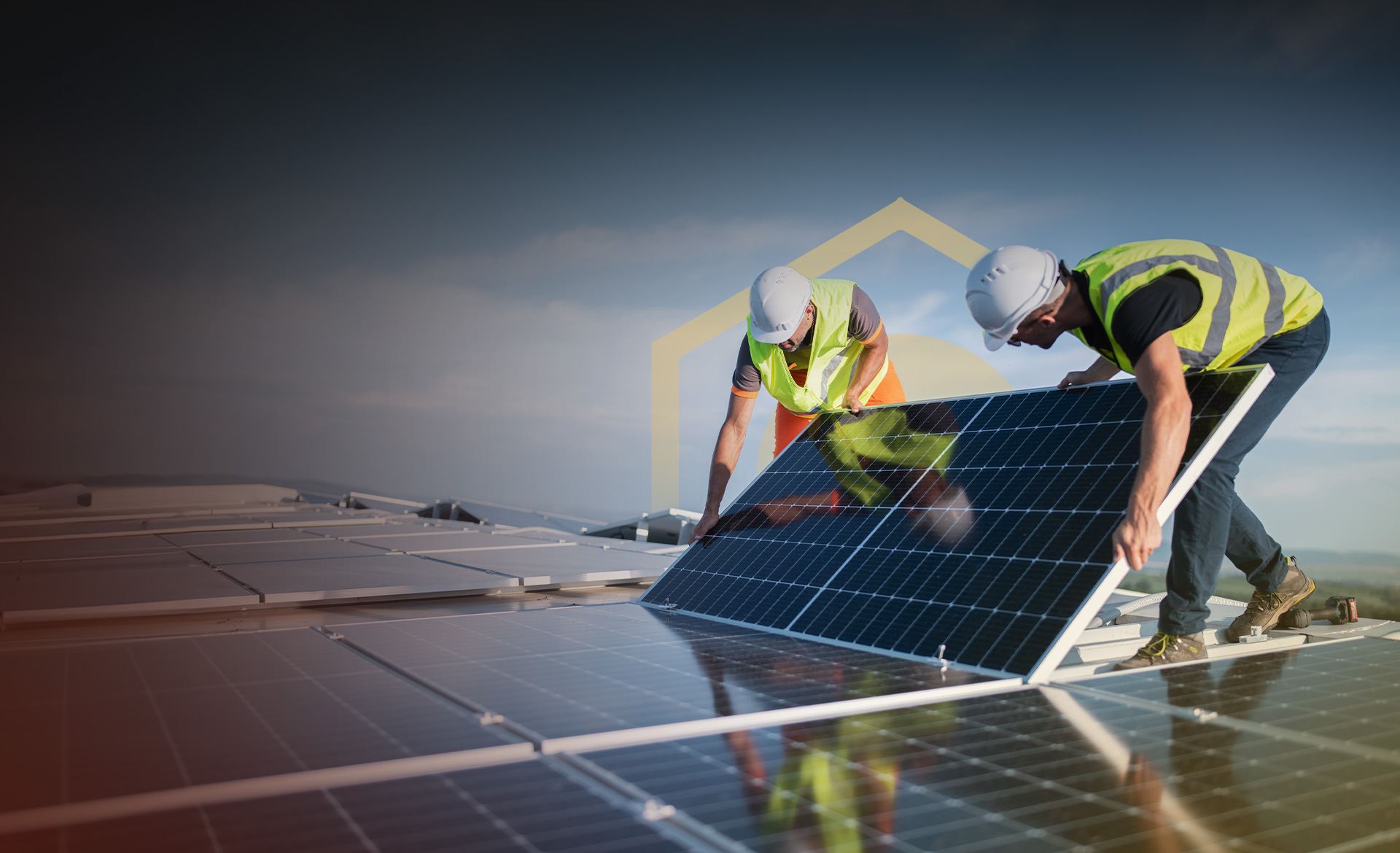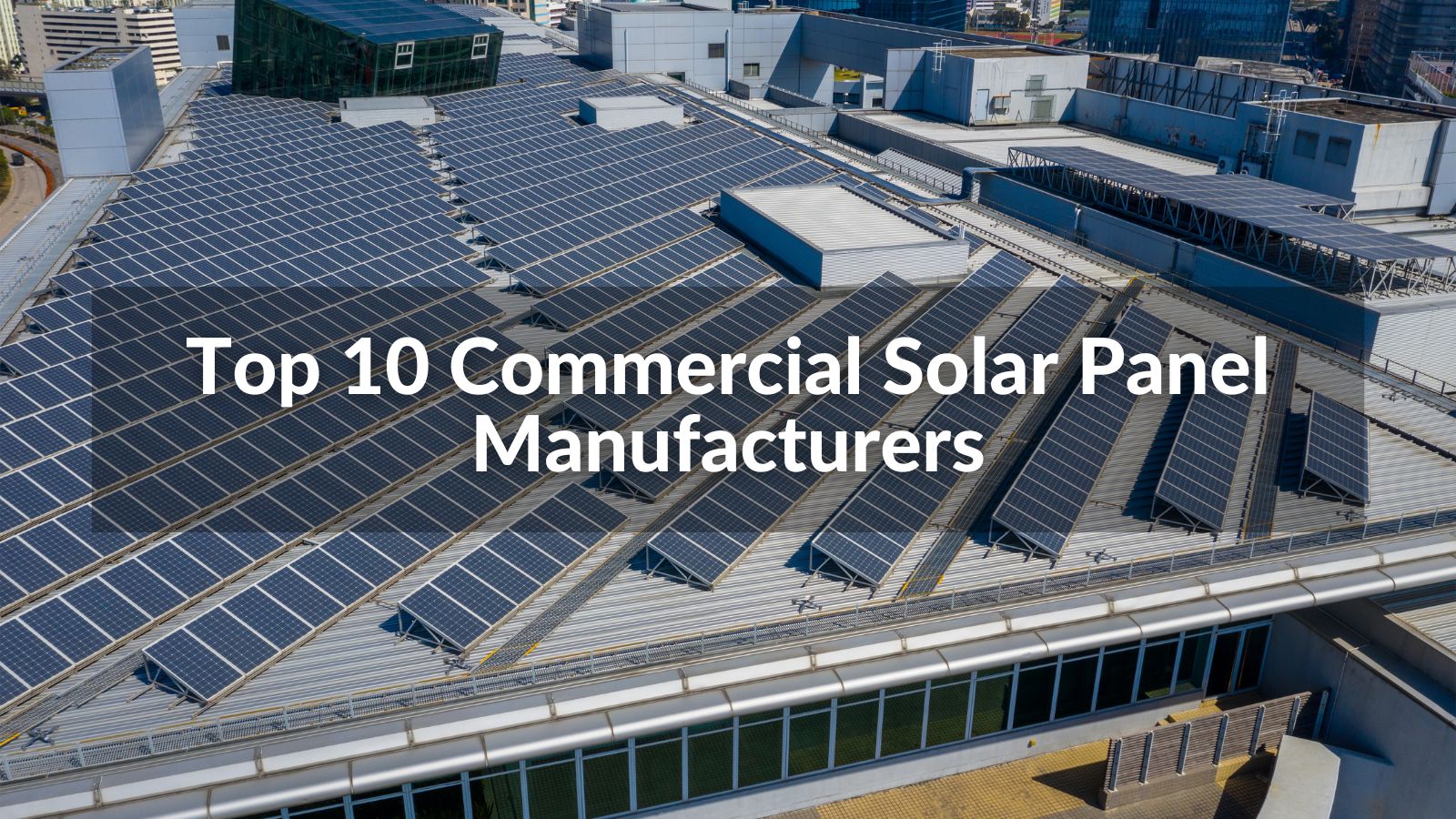8 Simple Techniques For Commercial Solar Panels Virginia
8 Simple Techniques For Commercial Solar Panels Virginia
Blog Article
Solar Power Virginia: Lumina Solar Focuses On Providing Advanced Photovoltaic Solutions For Residences And Companies
History and Establishing
Have you ever questioned how a solar panel company springs from a mere stimulate of motivation into a powerhouse of renewable resource? It frequently starts with a vision-- one fueled by a blend of development, decision, and a pinch of serendipity. The journey of many solar business mirrors the evolution of the technology itself: from large, ineffective panels to smooth, high-efficiency marvels utilizing the sun's bounty.
The Early Days
In the late 20th century, when solar energy was still a niche idea, pioneers planted seeds for what would become a worldwide motion. Envision a small workshop filled with curious engineers, relentlessly try out photovoltaic cells. Their passion was palpable, often driven by a desire to combat environment change and minimize reliance on fossil fuels.
One such anecdote is about a founder who, inspired by a camping trip, recognized that even in remote areas, the sun could power essential devices. This simple observation stimulated here a business's objective to democratize access to clean energy.
Establishing Concepts

- Innovation: Continually pressing the borders of solar innovation to improve efficiency and sturdiness.
- Sustainability: Committing to eco-friendly manufacturing and minimizing carbon footprints.
- Accessibility: Making sustainable energy solutions budget friendly and practical for daily users.
Turning points in Development
| Year | Secret Event |
|---|---|
| 1985 | Business established in a small garage, focusing on research study and advancement. |
| 1995 | Very first business solar panel item introduced, acquiring local attention. |
| 2005 | Broadened to international markets, accepting worldwide sustainable energy objectives. |
| 2015 | Introduced cutting-edge photovoltaic panel innovation with enhanced energy conversion. |
Isn't it remarkable how these incremental steps, frequently ignored, shape the energy landscape today? The solar panel business story is not simply about technology; it's about a relentless quest for a brighter, cleaner future.

Developments in Photovoltaic Panel Technologies
Ever seen how some photovoltaic panels shine brighter and last longer? It's not magic; it's the science of photovoltaic performance. Modern solar panel business invest greatly in innovations like bifacial cells, which record sunshine from both sides, improving energy harvest without expanding roofing system space. Have you ever wondered why some panels carry out better on cloudy days? That's due to advances in thin-film solar innovation, which grows under diffused light conditions.
Item Variations Tailored to Unique Requirements
One size never ever fits all. Photovoltaic panel suppliers now offer:
- Monocrystalline panels for maximum performance and streamlined looks, suitable for space-constrained roofs.
- Polycrystalline panels, which use a cost-effective alternative without compromising too much output.
- Building-integrated photovoltaics (BIPV), combining solar tech seamlessly into architectural aspects like windows and facades.
Choosing the best item isn't almost in advance cost; it has to do with matching your environment, energy goals, and long-lasting cost savings. Homes shaded by trees require panels that excel in low-light scenarios, something numerous ignore up until energy costs climb unexpectedly.
Technical Tips for Optimal Choice
- Assess the temperature coefficient-- lower worths imply panels lose less efficiency on hot days.
- Try to find panels with boosted anti-reflective coverings to optimize light absorption.
- Think about the panel's guarantee not just for defects, but for ensured power output over years.
- Don't ignore the value of the inverter technology paired with the panels; it can make or break your system's performance.
Beyond Panels: Emerging Trends
Imagine photovoltaic panels that change their angle immediately to chase the sun-- tracking systems are ending up being more available, increasing yield substantially. Or solar tiles that blend undetectably into your roofline, changing your home into a silent, self-dependent power generator. These developments are reshaping what a photovoltaic panel business provides-- not just items, however integrated energy solutions.
Market Presence and Global Operations
Ever wonder why some solar panel companies seem to sprout up in every corner of the world while others hardly make a ripple? The difference lies not just in innovation but in mastering the art of browsing varied markets. Expanding worldwide is like planting seeds in different environments-- you should comprehend each environment's unique conditions to thrive.
Take, for instance, the complex dance of logistics and supply chain management. Delivering panels halfway throughout the world isn't almost distance; it has to do with timing, customizeds, tariffs, and adapting to regional need fluctuations. A company with robust worldwide operations expects these variables, making sure panels show up on schedule without inflating costs. This foresight is no small feat and often separates industry leaders from followers.
Key Techniques for Expanding Market Existence
- Localized manufacturing: Developing production centers near target markets lowers shipping delays and import complexities.
- Strategic collaborations: Working together with local firms speeds up market penetration and builds trust.
- Adaptive product design: Tailoring solar panel tech to weather, sun intensity, and facilities nuances improves performance and acceptance.
What about the human factor? Photovoltaic panel companies running internationally must fix up cultural distinctions and regulatory nuances without forgeting their core mission. For example, what works in a sun-drenched desert might falter in a damp coastal area. Sometimes, the most innovative option is merely listening-- absorbing local insights to improve technology and technique.
Professionals typically recommend a phased rollout instead of a shotgun expansion. Why risk overextension when measured development develops sustainable momentum? Scaling sensibly suggests balancing aspiration with operational durability - Residential Solar Panels Virginia. In the race for sustainable energy supremacy, persistence can be as valuable as speed.
Environmental Impact and Sustainability Practices
When photovoltaic panels initially emerged, lots of assumed they brought no environmental baggage. The truth is more nuanced. The production of solar batteries includes uncommon earth metals and energy-intensive procedures, which can leave a large carbon footprint before the panels even reach roofs. The real ecological cost depends greatly on the sustainability practices employed by the solar panel business throughout the lifecycle of their items.
How frequently do we pause to consider what occurs to photovoltaic panels at the end of their beneficial life? Unlike batteries or electronics, photovoltaic panels can last 25-30 years, but disposal and recycling pathways remain underdeveloped in many regions. A business devoted to reducing ecological harm will have a robust strategy for recycling photovoltaic products, restoring valuable silicon, glass, and metals to avoid landfill accumulation.
Key Sustainability Strategies
- Using low-impact manufacturing strategies that decrease water and energy usage.
- Carrying out closed-loop systems to recycle production waste back into new panels.
- Taking part in transparent supply chain audits to make sure ethical sourcing of basic materials.
- Designing panels for simpler disassembly to assist future recycling efforts.
It deserves keeping in mind that some solar companies have actually pioneered innovative approaches, such as incorporating biodegradable parts or using less toxic chemicals throughout fabrication. This not only minimizes environmental pressure however also sets a precedent for the market. The concern remains: can the solar industry truly pivot towards a circular economy model without compromising performance or price?
Professional Tips for Evaluating Sustainability
- Inquire about the business's commitment to carbon-neutral production and whether they offset emissions.
- Investigate if they partner with licensed recycling centers dedicated to photovoltaic panel waste.
- Try to find openness reports detailing ecological effects and sustainability goals.
- Consider the longevity and guarantee of panels as an indirect step of resource effectiveness.
In the end, going with solar energy should imply more than just slashing electrical energy costs; it's about nurturing a future where energy is collected properly and waste is thoughtfully handled. Photovoltaic panel companies that accept this approach not only illuminate homes however likewise cast a brighter light on sustainable innovation.
Report this page